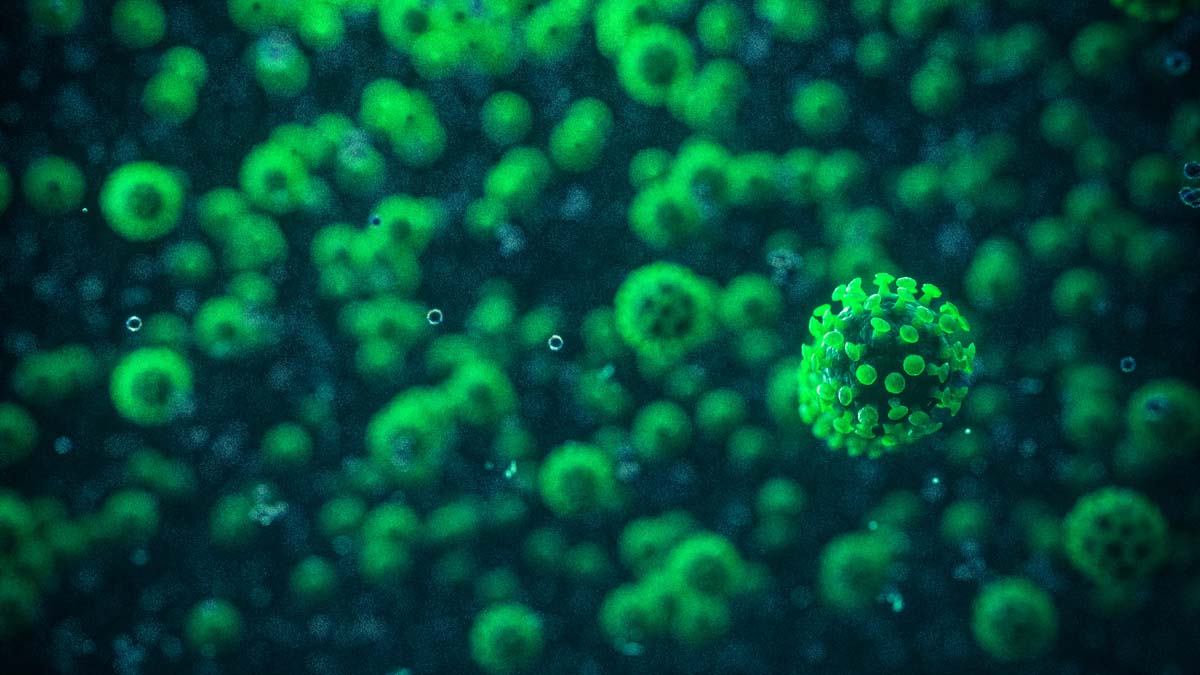The Hard Truth About Remote Learning This Fall; New study finds very weak asymptomatic Coronavirus transmission, and Other C-Virus Updates
The Hard Truth about Remote Learning This Fall:
The kitchen table will once again serve as a makeshift desk for millions of students when they head “back to school” in the next few weeks. Seventeen of the nation’s 20 largest school districts have said that they’ll reopen with zero in-person instruction. Nationally, only about 40 percent of schools have announced plans to reopen in-person (with another ten percent planning for a hybrid model that includes some in-person instruction).
In short, close to half the nation’s K–12 schools may begin the new year remotely, a figure that will be far higher in the systems serving the most students. This painful reality, combined with teacher resistance to reopening and parental concerns about student safety, has prompted districts to work overtime promising that remote learning will be much better this fall.
While we’re big fans of making the best of a bad situation, we fear that this misplaced optimism has made it easier than it should be for school leaders to keep the doors locked this fall and has undermined commitment to the contractual arrangements, training, supports, and instruction needed to ensure that remote learning is more than an oxymoron. To be clear, remote learning is wholly in order where the public-health situation has rendered classrooms untenable. But it’s critical that parents, teachers, and school administrators in those locales proceed with no illusions.
This spring’s virtual-learning experiment was underwhelming, to say the least. Researchers at NWEA, Brown, and the University of Virginia have estimated that students will begin the coming school year already woefully behind, with just two-thirds the learning gains in reading and as little as half of the gains in math that we would normally expect. This is hardly a surprise, given that nearly a quarter of students were truant and that, even as the spring semester ground to an end, only a fifth of school districts expected teachers to provide real-time instruction. —>READ MORE HERE
New study finds very weak asymptomatic coronavirus transmission:
For the first time in history, governments across the globe have quarantined the healthy with the sick for fear that asymptomatic carriers are spreading the virus and killing people in droves. But after months of crushed liberty and destroyed livelihoods, is there any proof that asymptomatic carriers are indeed super-spreaders? Shouldn’t we first investigate this theory before we force universal shutdowns and universal muzzle-wearing?
A recently published contact tracing study of 3,410 close contacts of 391 SARS-CoV-2 cases in a Chinese province near Wuhan during the peak months of the virus found that transmissibility seems to increase commensurately with the severity of symptoms presented by the infected individual. Of the 127 secondary infections that were traced to the original 3,410 cases, just eight were from individuals confirmed as asymptomatic.
All asymptomatic individuals were followed up with 14 days later by study administrators to confirm that they had not presented symptoms. The study was published on August 13 in the Annals of Internal Medicine journal.
The study’s authors conclude not only that asymptomatic transmitters compose only a tiny slice of the spread, but that the rate of transmission increases with the severity of the illness, further validating the strategy of focusing on the sick, not the healthy:
The secondary attack rate increased with the severity of index cases, from 0.3% (CI, 0.0 to 1.0%) for asymptomatic to 3.3% (CI, 1.8% to 4.8%) for mild, 5.6% (CI, 4.4% to 6.8%) for moderate, and 6.2% (CI, 3.2% to 9.1%) for severe or critical cases (P for trend < 0.001). Manifestation of certain symptoms, such as fever (6.7% [CI, 5.3 to 8.0] vs. 3.3% [CI, 1.6 to 4.9]) and expectoration (13.6% [CI, 10.6 to 16.7] vs. 3.0% [CI, 2.1 to 3.9]), in the index cases was associated with an increased risk for infection in their close contacts.
Researchers also found, as other studies have already concluded, that most of the secondary infections occurred among household members. Thus, putting together the low rate of asymptomatic transmission with the fact that most cases (of all severity levels) are spread in the home, why should we destroy our civilization over the concern of asymptomatic spread? Where is the evidence that a non-symptomatic individual merely passing someone for a few seconds in a store will transmit the virus? —>READ MORE HERE.
Follow links below to related stories and resources:
Mutated form of coronavirus may be more contagious, but less deadly, experts say
USA TODAY: Coronavirus Updates
YAHOO NEWS: Coronavirus Live Updates
NEW YORK POST: Coronavirus The Latest








Comments are closed.